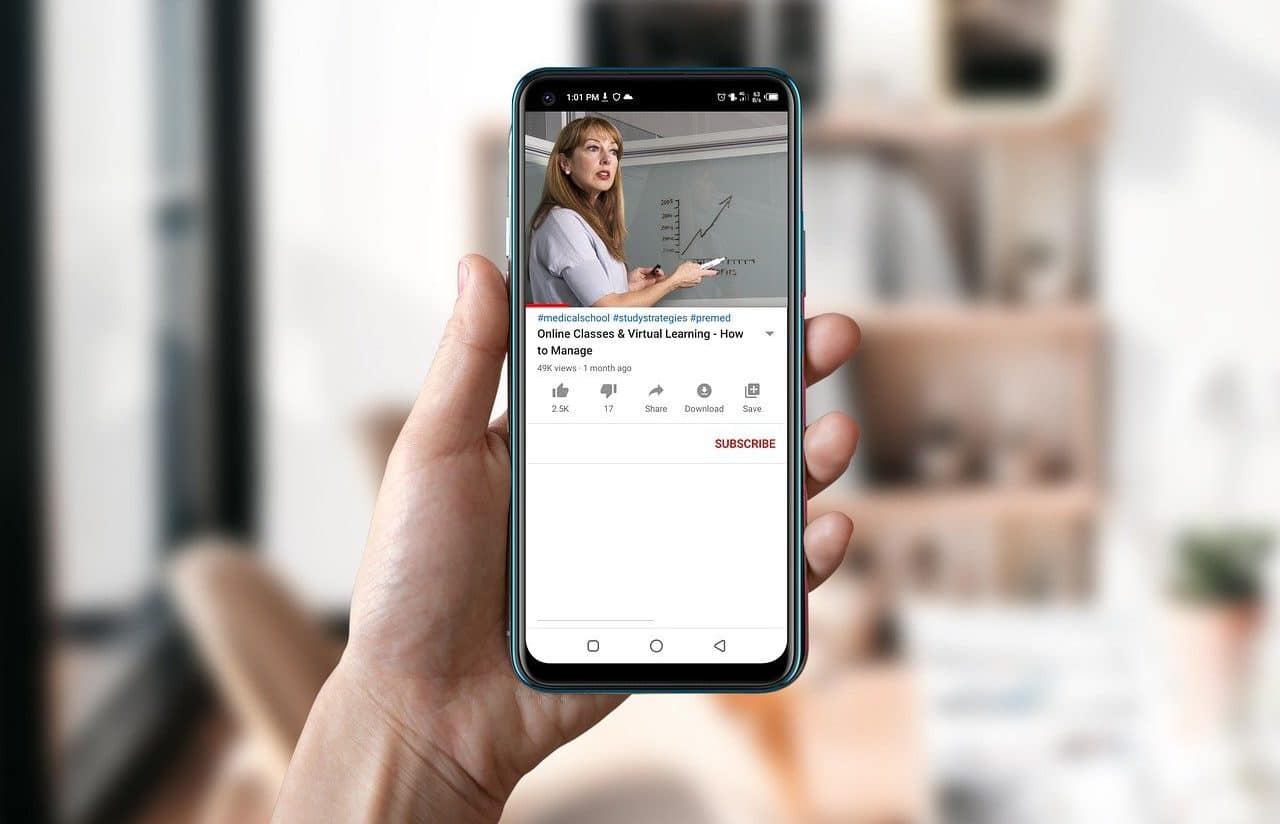
A MOOC (Massive Open Online Course) uses educational software to enable learning.
Educational software is a computer program that is used to educate the user . This means that it is a pedagogical or teaching tool that, due to its characteristics, helps the acquisition of knowledge and the development of skills .
It should be noted that software is a term that refers to a computer program . These technological tools have different applications that enable the execution of a wide range of tasks on a computer ( computer ).
Educational , for its part, is that linked to education (the instruction, training or teaching that is given). The adjective is also used to name what allows one to educate .
Types of educational software
There are different kinds of educational software. Some of these programs are designed to support the teacher . In this way, the teacher or professor goes to the software to offer his lessons or to reinforce a class. Other types of educational software, on the other hand, are aimed directly at the student, offering them an environment in which they can learn on their own.
Educational software is very important in distance education . These technological tools allow us to simulate the conditions that exist in a classroom or classroom. Thus, the student can "enter" a virtual classroom, interact with the teacher through videoconferences, chat or email, complete evaluations, etc.

The use of educational software requires digital literacy.
The virtual classroom
Within the environment of a virtual classroom there may be different tools that facilitate teaching and communication between all participants. Despite containing the term "classroom" , it is important to understand that this type of space must present certain differences with a conventional classroom to address potential technical problems, such as the eventual instability of the students' Internet connections or the lack of power of their equipment.
Since educational software pursues integration as one of its primary objectives, it is not based on cutting-edge technology that only a few can enjoy, but rather uses resources within the reach of the majority to provide a rich and efficient experience for everyone.
Generally, most of a virtual classroom is occupied by a space in which the teacher presents the content, either through documents, images or text written using a graphics tablet; The faces of the participants, for their part, are usually in small boxes, although in some cases only the teacher is seen until he decides to address a student and then makes his image visible to everyone.
Importantly, just as textbooks are age-rated, educational software also targets specific segments of students.

Educational software must take care of online security.
Advantages and disadvantages of educational software
It is worth mentioning that, despite all the advantages that a program of this type can offer in the field of education, it also has certain points against it. First, many people point out that students do not respect educational software to the same level as a teacher , in that they do not receive lessons of comparable impact; As a result of this difference in perception , the desire also often arises to find errors in the system to take advantage of them and obtain correct answers without the necessary knowledge.
Let us not forget that a good teacher must transmit to his students the passion that has led him to dedicate years of his life to the study and improvement of his profession, something that is impossible through a computer program. For this reason, educational software should not aim to replace the presence of the teacher , but should complement it, helping him to impart concepts and evaluate his work.
One type of educational software that offers truly advantageous opportunities for students is open , which does not focus on teaching as much as on creative learning. Open educational software offers an environment in which students can explore as they wish, instead of following a previously established sequence, and therefore each individual can live a particular experience throughout the learning process.
General concepts
It should be noted that there are specific software and platforms that facilitate teaching and learning. E-learning can occur through Google Classroom , Coursera , Udemy , Khan Academy , Duolingo , Rosetta Stone , Blackboard or other resources.
Each proposal offered has its own evaluation methods and teaching tools. Many allow personalization of learning , so that users get a unique experience.
Even though educational software can bring various challenges and problems, in general it favors the development of skills and competencies and promotes self-learning . With a phone or laptop with an Internet connection, you have access to countless training options.
As we already indicated, educational software does not have to replace traditional pedagogical strategies and methodologies that are carried out with the physical presence of the teacher. The ideal is to complement digital communication with face-to-face classes or with attendance at events and conferences that allow face-to-face exchange.
